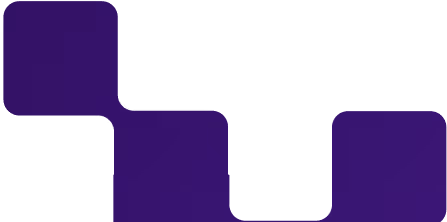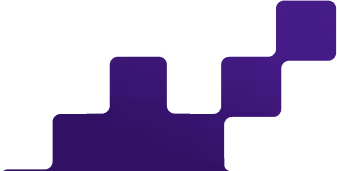Puzzle has created a set of tools for founders to quickly calculate and confidently understand the components of burn. Since burn and runway are not in financial statements, we reduce the headache of pulling together various sources into spreadsheets by showing the components of burn in a single view.
At the top of the Puzzle Dashboard are cards that display key recent metrics.
.png)
The Burn card shows net burn in the default view with bank burn as an option in the expanded view. For both types of burn, you can toggle between the previous month burn and the 3 month average burn.
.png)
In the Cash Activity Report (see below for details), you can view the details of the last month burn (for the example above, $9,526 of burn) by categories, vendors, and even individual transactions.
The Runway card displays 1) the projected last month your current Available Cash Balance, which includes the most recent information as of the day you are viewing the card, will be able to fully cover expenses and 2) the projected number of months your current Available Cash Balance will fully cover your expenses. The calculation is based on monthly burn run rate for the most recent full month.
.png)
<aside>💡 Your runway and runway coverage month in Puzzle are based on fractional months covered by your burn. The best way to illustrate is using an example:
If you have $180,000 as your Available Cash Balance as of 4/10/2022, and your burn rate is $24,000 per month from the previous month, your runway is 7.5 months [$180,000 / $24,000].
Your runway coverage month is November 2022 [currently at month 4.33 (since you are 1/3 through April 2022) + 7.5 months, rounded down since this would not cover 100% of December at the current projected burn rate].
If instead, the date were 4/20/2022 [represented as 4.67], then your runway coverage month would be December 2022, since the current cash balance would cover the entirety of December based on that projection.
Within Puzzle, we use fractional months (rather than a day-based burn and runway) because the most common significant business costs — including rent, hosting costs, subscriptions, and payroll — are typically monthly (rather than daily) amounts. Except in a few edge cases, daily and monthly changes will give the same outcome, and it may be sensible to use a daily calculation if you have more day-based costs, but we want to be transparent about how we are calculating it and why!
</aside>
Burn is a key metric for startups, but it cannot be analyzed in traditional accounting statements. For this reason, Puzzle created the Cash Activity Report!
Unlike a typical Statement of Cash Flows, which either shows changes in balance sheet accounts (unintuitive) or general categories of cash expenditure (too broad), the Puzzle Cash Activity Report allows exploration of the composition of burn and cash balance. You can view burn at different levels of analysis, from high-level summary to vendor-level detail. You can also click into any amount to view the individual transactions that make up that total and view the details of the transaction.
Furthermore, the Puzzle Cash Activity report treats credit card spending as equivalent to spending cash in the “Cash Out” bucket. As a result, credit card spending is included in the burn calculation. Since many companies use credit cards for subscriptions, work-related employee spending, and other purchases, including credit card spending better represents burn, compared to waiting to include those amounts in burn until the credit card payment is made. Waiting to include credit card amounts in burn until the eventual credit card payments have been made can lead to misleading, non-real-time calculations of runway by implying you have cash to spend for future months that will actually go towards credit card payments, and (possibly) that your burn rate is lower than it is.
.png)
You will notice that the July Cash burn number of ($9,526) in the Cash Activity Report is the same as in the burn card displayed above. The Cash Activity Report is where you can see the detail of that burn number!
.png)
.png)
Since your Puzzle account is connected to banks, credit cards, and payment processors, transactions are recorded in real-time as the event happens. Using information from the APIs of those financial systems, Puzzle then applies auto-suggested categories and vendors to these transactions. This means your Cash Activity Report is always updated with the most recent transactions.
To calculate your burn and runway in the most useful way possible, Puzzle uses a metric we call “Available Cash Balance,” which totals all your current bank balances but then subtracts any credit card balances and amounts owed to employees for payroll for the most recent period that has not yet been paid.
.png)
As mentioned in the “Cash Activity Report” section, we treat credit card purchases and amounts owed to employees as if the cash has already been spent. It is removed from the Available Cash Balance since it is no longer available for spending. Therefore, it is no longer considered in the cash amount used to calculate the remaining runway.
Still Puzzled? Have suggestions about how to improve these features? Reach out to us at support@puzzle.io — we’re here to help you understand your finances and build the features you need to do so!
.png)





